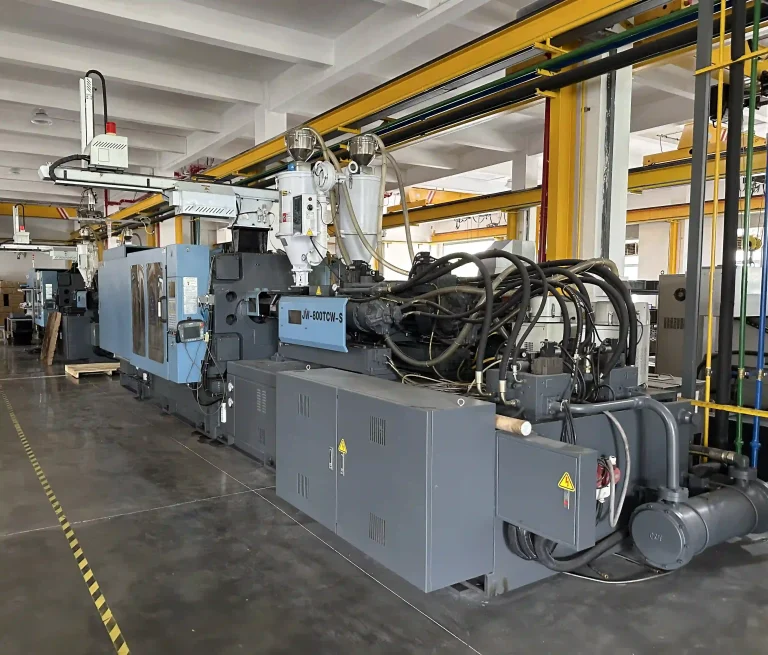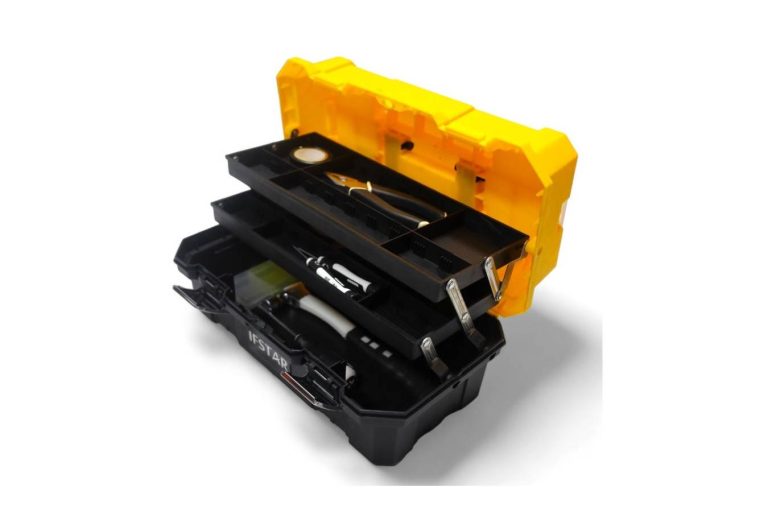Plastic rack mount cases are key for keeping delicate electronics, audio setups, communication gear, and pricey equipment safe in a small, tough box. They’re used in defense tasks, sensor setups, or mobile ground stations. These cases need to be built for top performance, toughness, and flexibility. A good plastic rack mount case shields gear from bumps, shakes, water, and heat changes. It also makes access and transport easy.
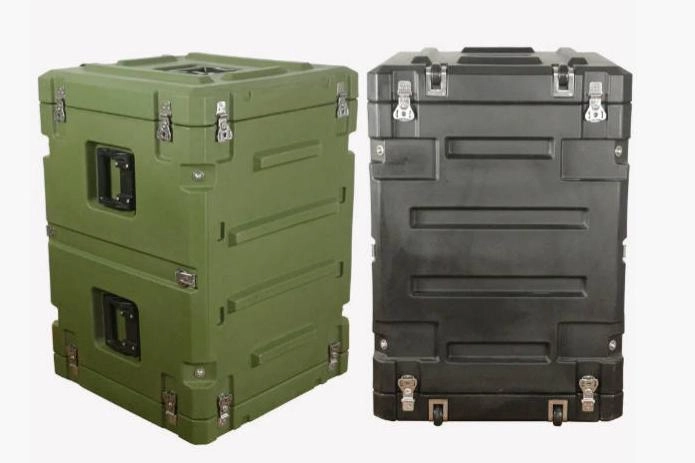
No matter what case your job needs, we’ve got options. Pick from tons of styles—carry cases, ship cases, road cases, rackmount cases, waterproof cases, camera cases, flight cases—in all sorts of sizes and materials. But even a great design can flop due to common slip-ups. Here are five big design errors that can wreck your plastic rack mount case—and how to dodge them.
Design Mistake 1 — Ignoring Load Distribution in a Plastic Rack Mount Case
How Uneven Weight Affects Structural Integrity
A common goof in designing rack mount cases is forgetting about weight balance. If heavy gear is placed unevenly—too far front or piled on one side—it stresses the case. This can weaken the case and its contents. Over time, it might warp the plastic shell. Or it could crack during transport.
How to Fix It
To keep weight even:
- Mount gear evenly in the rack.
- Put heavier stuff near the base or center.
- Add inner supports or braces where needed.
- Use pre-cut foam inserts to spread pressure.
Filled with pre-cut foam and easy to customize compartment for your equipment. This kind of inside not only holds gear tight but also keeps loads balanced.
Design Mistake 2 — Choosing the Wrong Plastic Material for a Rack Mount Case
Why Material Choice Impacts Durability and Cost
Not all plastics are the same. Picking the wrong one for your plastic rack mount case can lead to quick wear, weak defense against weather, or too much weight. For example, light plastics cut shipping costs. But they might not handle rough moves or extreme heat.
The right material pick shapes toughness and long-term savings. A weak plastic might break under hits. A too-bendy one could sag under weight.
How to Fix It
Go for strong plastics like ABS or polypropylene mixes. They’re known for resisting bumps and staying stable in heat. Hard plastic cases are often the best pick for protection, cost, and safety. Always think about weather exposure—like UV rays or harsh temps—when choosing materials.
Also, team up with makers who offer OEM/ODM tweak options like IFSTAR. This ensures the material fits your job’s needs. Our products mainly include hard plastic cases and aluminium boxes. We support OEM and ODM.
Design Mistake 3 — Overlooking Airflow and Cooling in Plastic Rack Mount Cases
Heat Management as a Design Priority
Electronics make heat when running. If that heat gets trapped in a sealed plastic rack mount case, it can hurt performance or cause breakdowns. Many designs miss airflow paths or cooling needs.
Bad heat control can overheat sensitive parts like processors or power units inside these cases.
How to Fix It
Add passive cooling like well-placed vents or holey panels to the case design. Keep water resistance if needed. For high-power jobs:
- Add fan trays inside.
- Use heat-spreading materials between hot spots.
- Leave space between parts for air flow.
Think modular too. Let users add cooling fixes based on their gear setup.
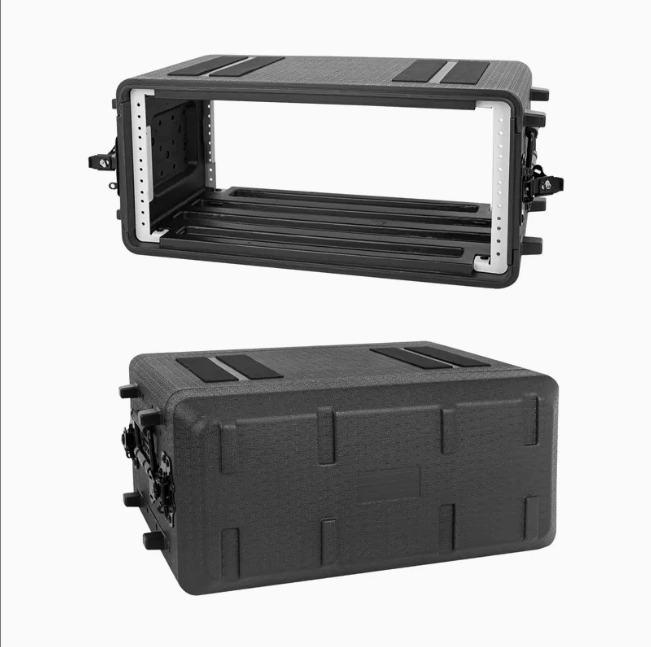
Design Mistake 4 — Neglecting Shock and Vibration Protection in Plastic Rack Mount Cases
Understanding Shock Loads During Transport
Plastic rack mount cases often go to mobile spots—military missions, field labs, broadcast vans. They face shakes from engines or sudden jolts in handling. Without good shock defense in the design, inner parts can break even if the outside looks fine.
Shock hits can loosen circuit boards or harm solder points with tiny shifts over time.
How to Fix It
Build in shock-stopping features like:
- Inner floating frames.
- Rubber mounts between racks and shell.
- Foam padding cut for each gear piece.
We focus on high-volume quality making—from small to big sizes, for show or shipping cases. Teaming with makers skilled in protective design ensures your case works well in rough settings. Providing the rich options for customers. Wide ranges of products to apply for multi-industry lets you pick from tested setups made for tough use.
Design Mistake 5 — Forgetting Certification and Compliance for Plastic Rack Mount Cases
Why Standards Matter
Many fields—like aerospace or medical gear—need cases to meet rules on safety, electric noise (EMI), fire ratings (UL94), water/dust seals (IP ratings), or transport tests (ATA 300). Designing a plastic rack mount case without these rules can mean pricey re-dos later. Or clients and regulators might reject it.
Skipping rules could also leave users open to risks if gear fails in tested settings it should handle.
How to Fix It
Talk to rule experts early in design plans. Ask suppliers for papers on material okays (like RoHS) and tests for strength or sealing.
Makers serving defense or tech systems often know tricky rule paths. Wide ranges of products to apply for multi-industry, defense, sensor equipments, ground stations, engineered electronic systems shows this skill when picking a supplier who gets rule-heavy markets.
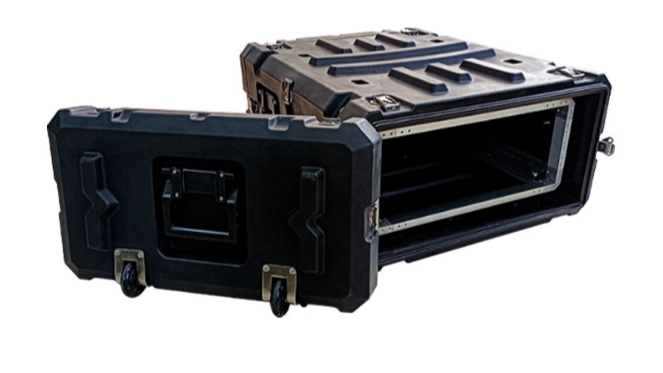
Dodging these five common goofs—weight imbalance, bad material picks, poor cooling, missing shock defense, and skipping rule checks—can really boost your plastic rack mount case’s life and user happiness .
If you need solid fixes tailored for your field—whether shielding electronics in rough spots or securing gear on the move—IFSTAR has tons of options. We are dedicated in producing high quality waterproof cases, fishing boxes, tool organizers. With know-how across fields like defense tech and sensor cases, we’ve built a name worldwide.
IFSTAR’s focus on OEM/ODM bend plus big-make power makes them a great teammate for crafting next-level plastic rack mount cases built on sharp design rules.
FAQ
Q: What materials are best for manufacturing a plastic rack mount case?
A: Tough plastics like ABS, polypropylene, or polycarbonate work great. They balance strength, heat resistance, and light carry. For spots needing high toughness or chemical defense, boosted plastic mixes are good too.
Q: How do I prevent heat buildup inside a plastic rack mount case?
A: Add ventilation with vents, holey panels, or built-in fans. For high-power gear, mix passive cooling (air flow) with active cooling like fan trays or heat sinks to keep temps safe.
Q: Are plastic rack mount cases suitable for military or industrial applications?
A: Yup. When built with right stuff and okayed to MIL-STD or IP67 marks, plastic rack mount cases do great in tough, shaky spots like military, field labs, or broadcast setups.


